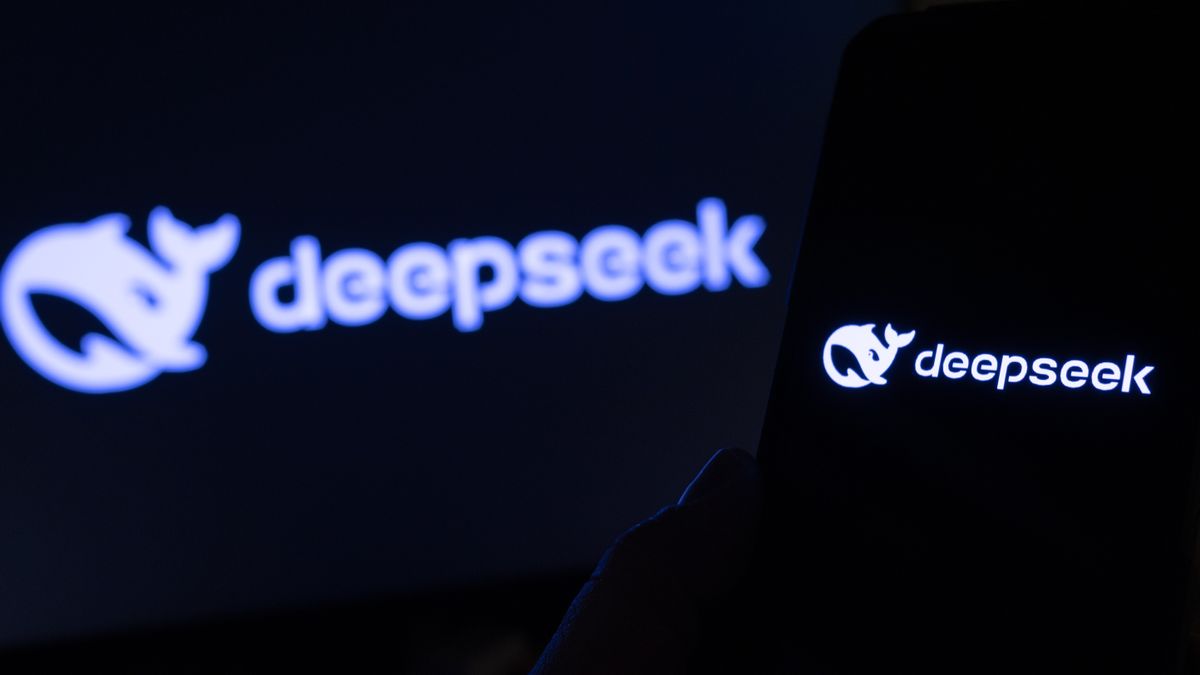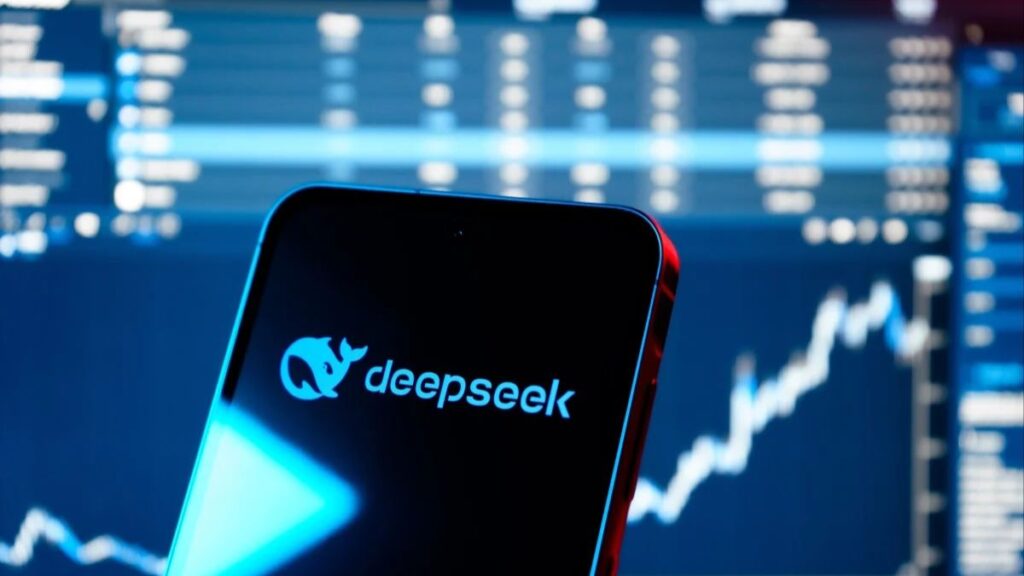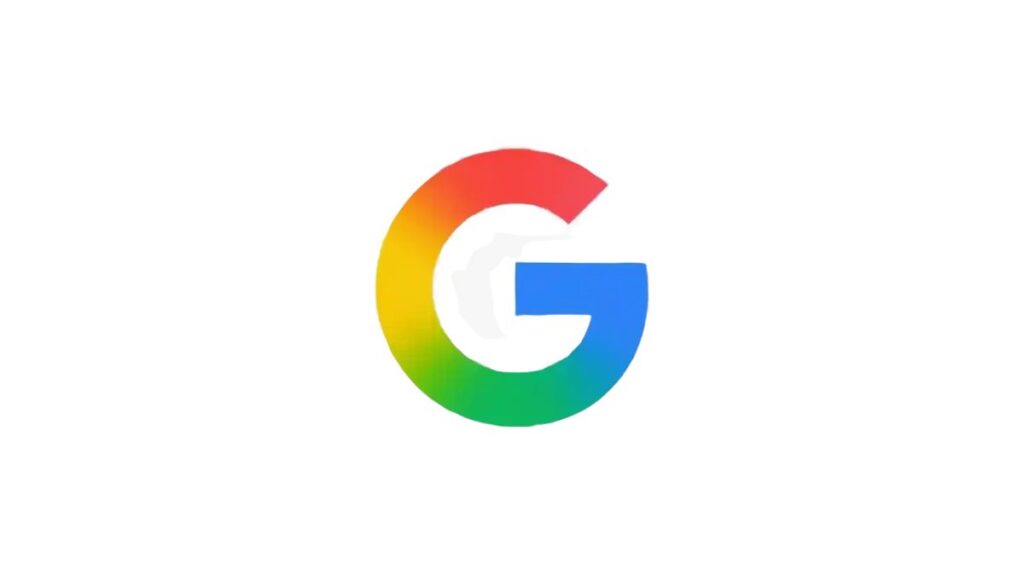Earlier this week, Chinese AI lab DeepSeek quietly released an upgraded version of its R1 model, a powerful and affordable reasoning AI. While it performs better than before and remains one of the cheapest large models, the tech industry didn’t seem to care this time.
Back in January 2025, the launch of the original R1 caused a major stir. Tech stocks dropped, and many questioned whether the AI boom had gone too far. But now, just five months later, the same company dropped an even better version—and hardly anyone blinked.
“The market couldn’t care less,” said Ross Sandler, a top tech analyst at Barclays. He believes this shows that investors now have a better understanding of AI trends and are not reacting with panic anymore.
Even reporters missed it. A quick poll of journalists at Business Insider showed most of them either didn’t notice the release or only glanced at a headline. Some didn’t even hear about it at all.
So why the silence this time?
According to Sandler, DeepSeek’s price advantage has narrowed. Earlier this year, the R1 model was 27 times cheaper than top competitors like OpenAI’s o1. Now, it’s only about 17 times cheaper. It still costs less than $1 per million tokens, but the gap is shrinking.
Also, many top AI models now perform similarly because they train on the same internet data. So, performance alone no longer grabs attention. And while DeepSeek’s models are cheap, they lack global reach, especially in the West. Unlike OpenAI or Google, DeepSeek isn’t widely available on enterprise tools or smartphones.
Another issue is that these “reasoning” models demand a lot of computing power. That means more GPUs and infrastructure are needed, even if the models are smarter. What once seemed efficient might now look costly in a different way.
In short, DeepSeek’s tech is strong, but with tighter competition, less price shock, and no wide distribution, it failed to shake up the market this time.








